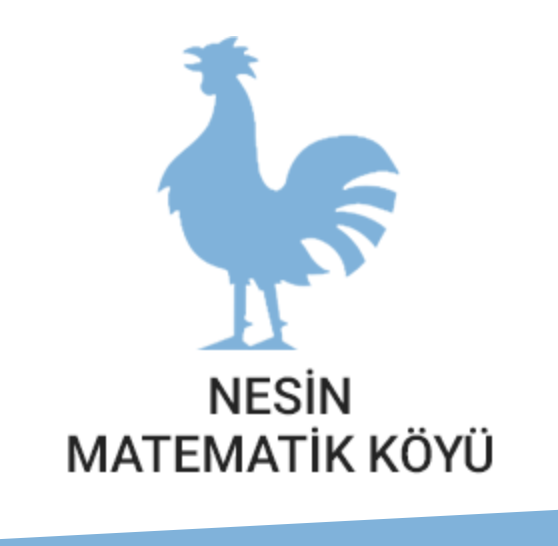12/08/2024-18/08/2024
Date:
12-18 Ağustos 2024.
General Info:
Participants draw an astrolabe on paper. Step by step, they learn about the mathematical background of this advanced ancient instrument, Afterwards, they can produce one
themselves with 3D printers, wood, glass, etc.
Target group:
Participants with an interest in history and practical applications of mathematics (teachers, students), age 15+, hands-on mentality. Additionally, participants have to know basic trigonometry knowlegde.
Price:
Fees for each camp include four meals per day, accommodation, lectures and all basic needs - fees are 8450 TL for a dormitory and 6700 TL for a tent. These fees are valid until the end of March. There is a possibility that prices may change after March due to economic reasons.
Quota:
15 participants.
Contact Person:
Barbara Bakırcıoğlu - barbarabakircioglu@nesinkoyleri.org
Application:
Your application will be registered by our system – you should get a confirmation that your application has been received within three days. If you still do not have this confirmation email at the end of three days, something has gone wrong, please write to us directly.
Application form:Registration info:
Applications will be evaluated as a group, at the end of the application period. You will be notified of the outcome of your application in approximately one month. Payment and registration will take place after your application has been accepted. You must register to participate - application only is not enough.
Lecturers:
Henk Hietbrink and Hazal Yürük,
Program:
Five consecutive afternoons for the two–hours main course. After each session, there is the opportunity to start a special interest group for those who want a deeper knowledge.
Geometry, trigonometry, spherical trigonometry, stereographic projection
Day 1: how to draw a horizontal sundial using geometry. Paper cut-out models are an important ingredient of all sessions. Depending upon the skills and interest of participants, we can
give an overview of vertical sundials and other sundials.
Day 2: measuring all angles in a sundial using trigonometry. Participants start with paper cut-out models that facilitate all computations to be done with plane trigonometry. Next step is
to introduce the formulas of spherical trigonometry. Depending upon the skills and interest of participants, we can make a start with proving these formulas. Again, paper
models help understanding the proof process.
Day 3: Draw the main circles of the astrolabe plate (right ascension, altitude, horizon, twilight) using stereographic projection. Draw the back of the astrolabe with the Ptolemy model of
eccentric circles to describe the motion of the sun through the ecliptic. Depending upon the skills and interest of participants, we can summarize the main
theorems of stereographic projection
Day 4: Draw the main circles of the rotatable rete (azimuth, declination, ecliptic), discuss
starmaps. Depending upon the skills and interest of the participants, we can discuss other details of
the astrolabe
Day 5: Do exercises with an astrolabe. Depending upon the interest of the participants, we have a cultural and a historical
getaway.
Not: we except students attending camp should bring ruler, compass, scissors, and colored pencil.

